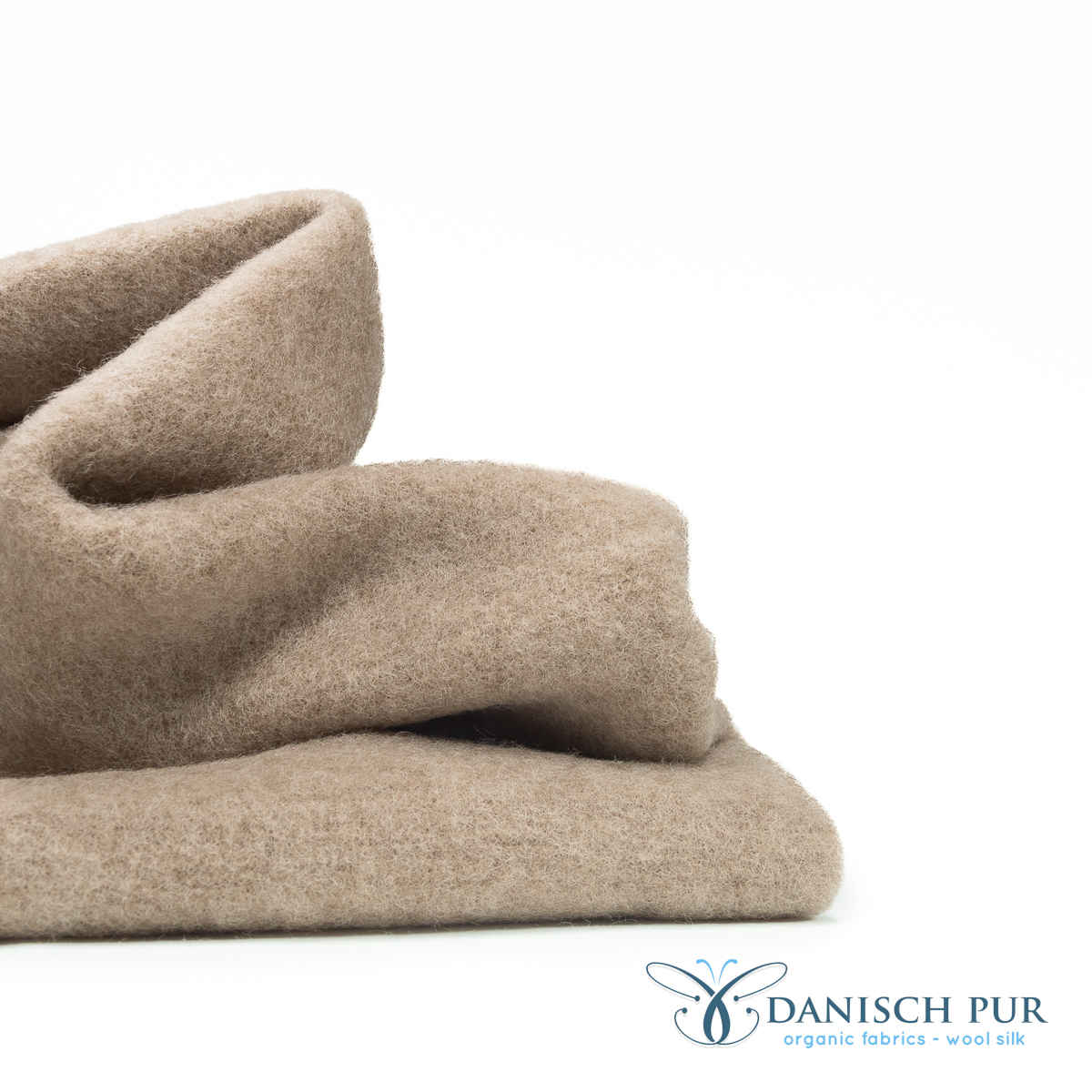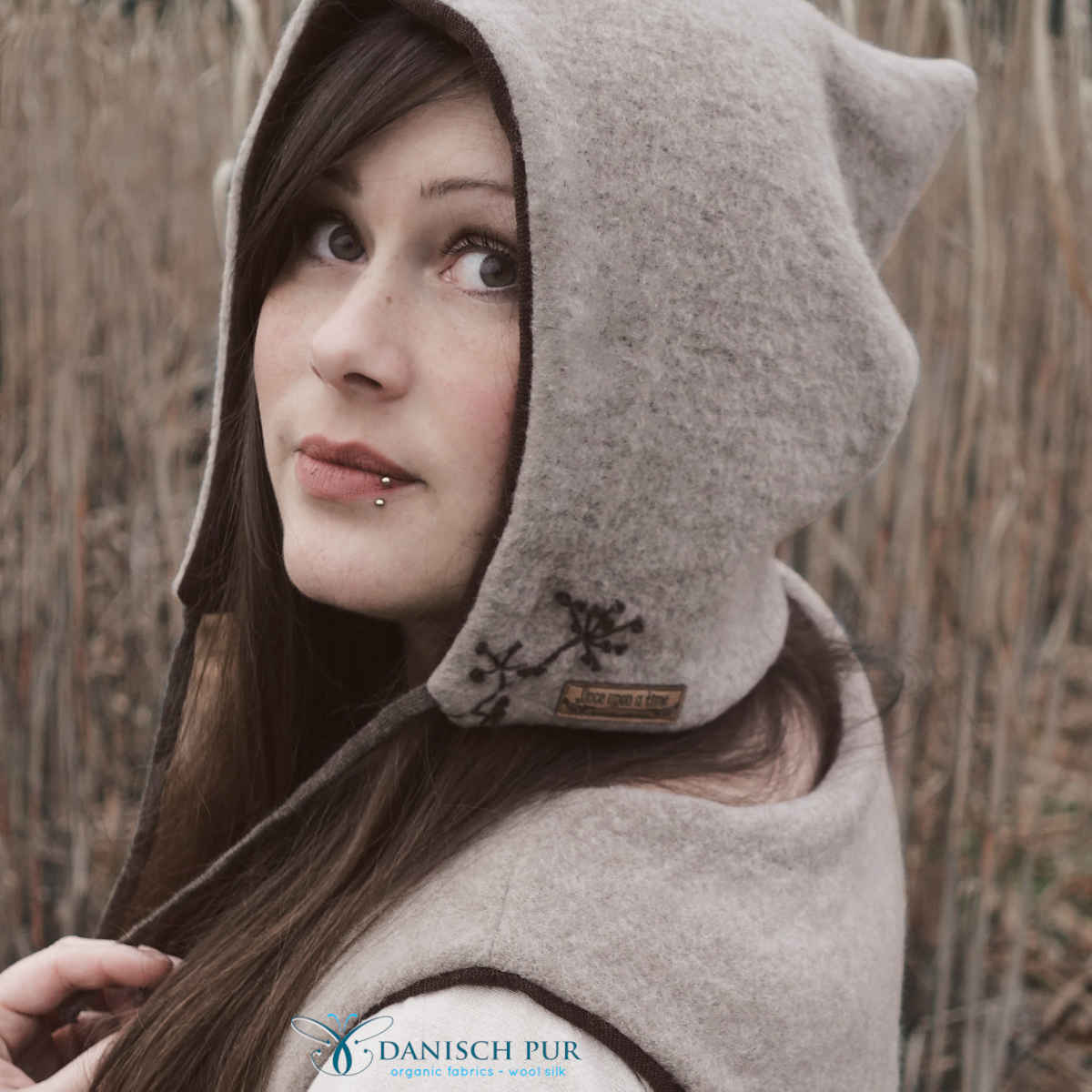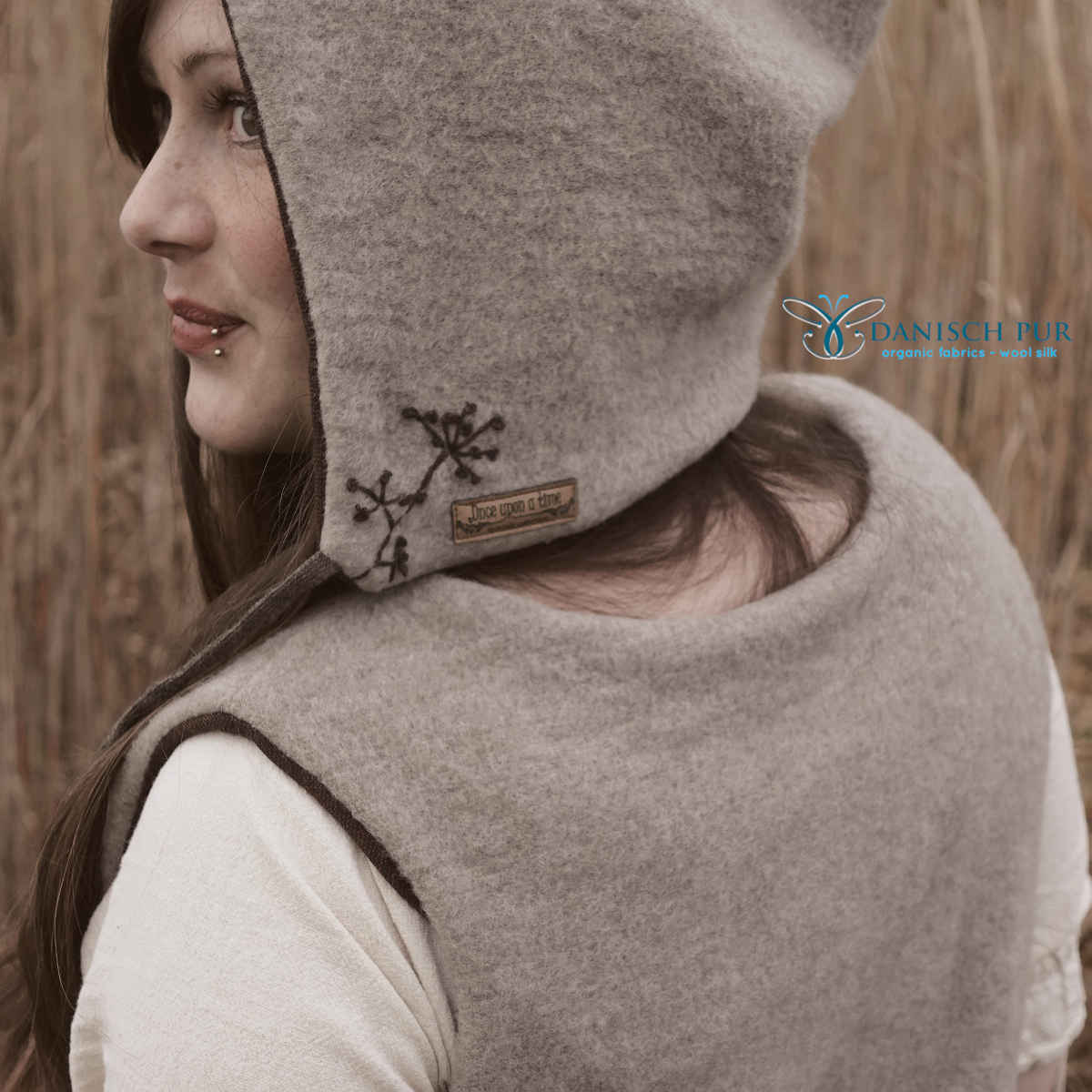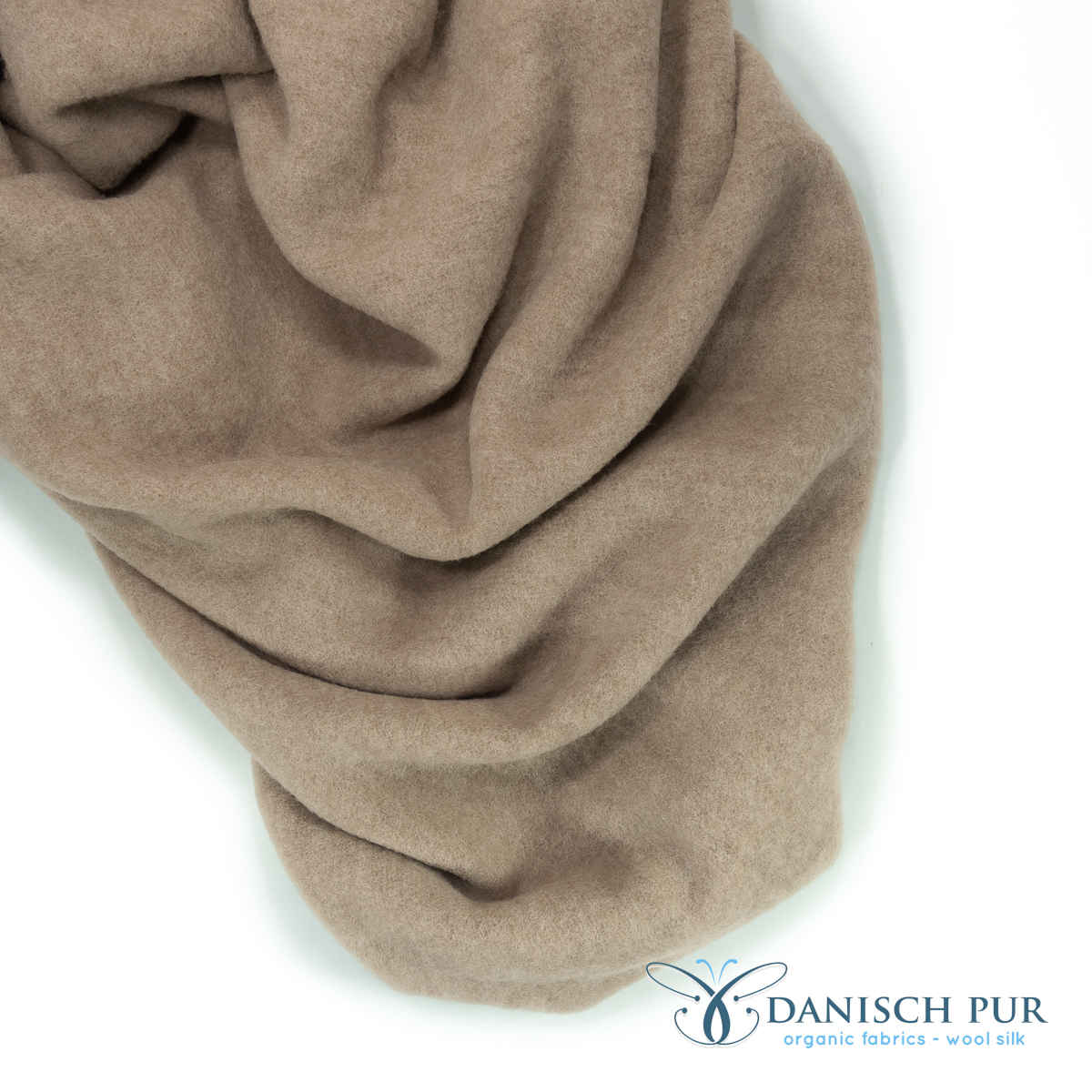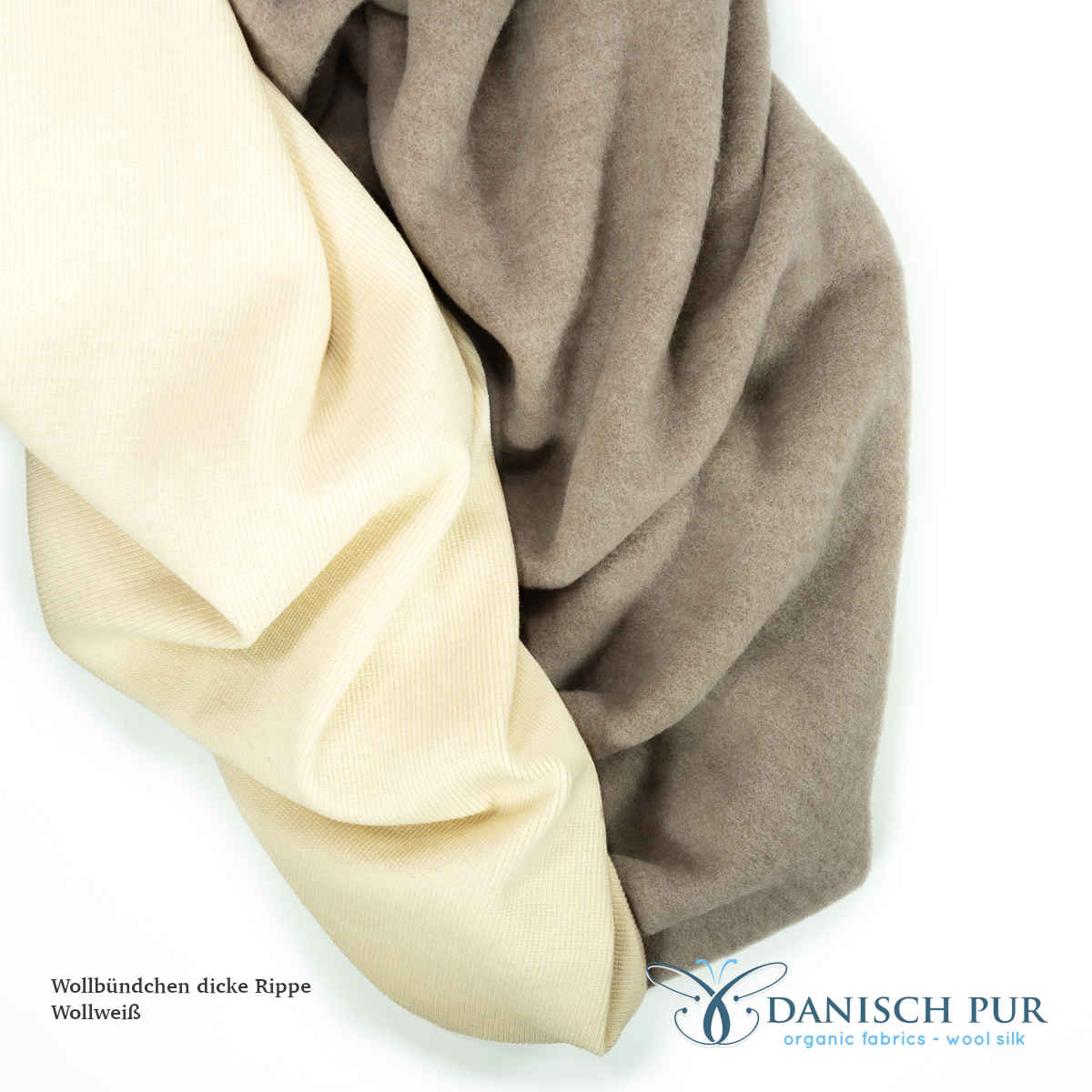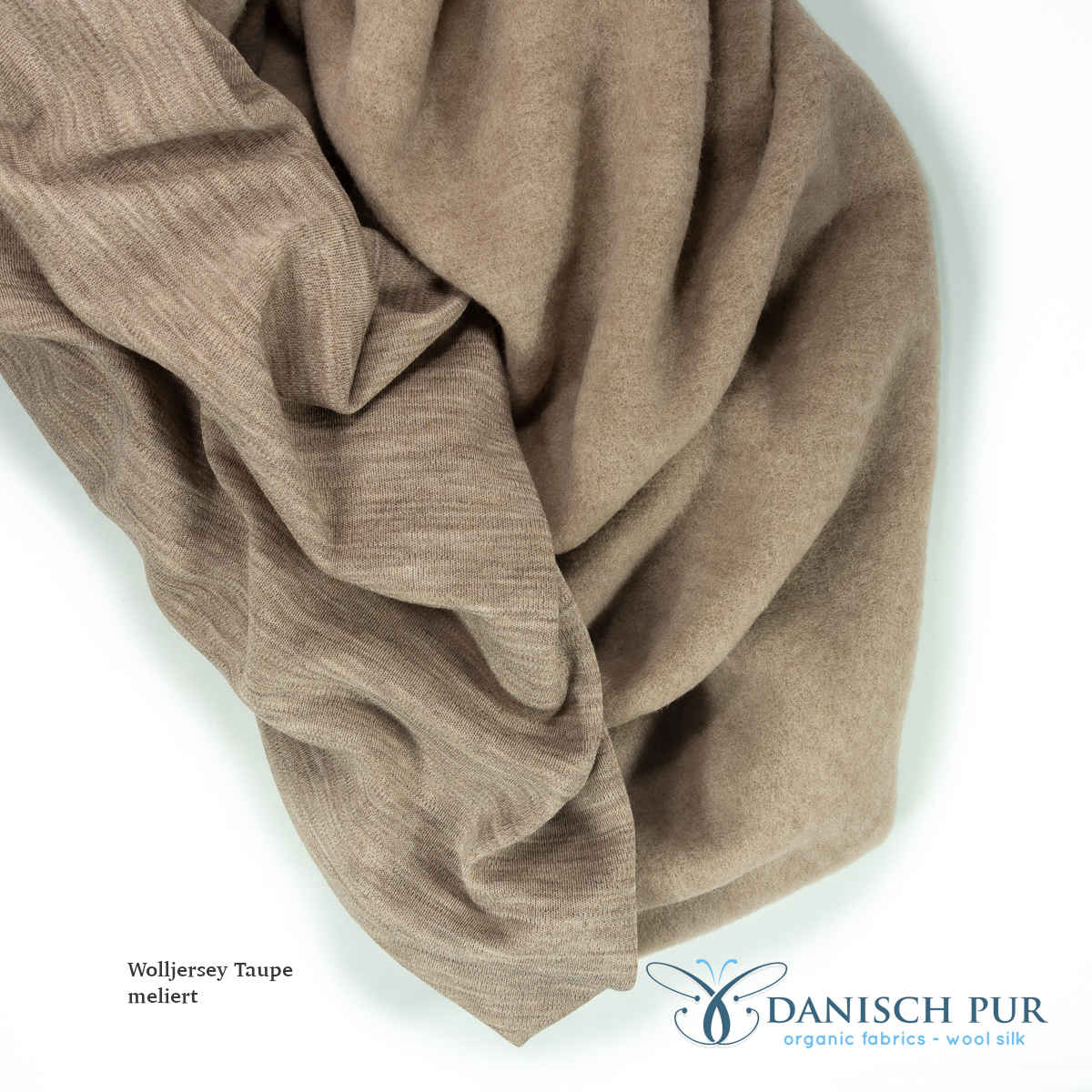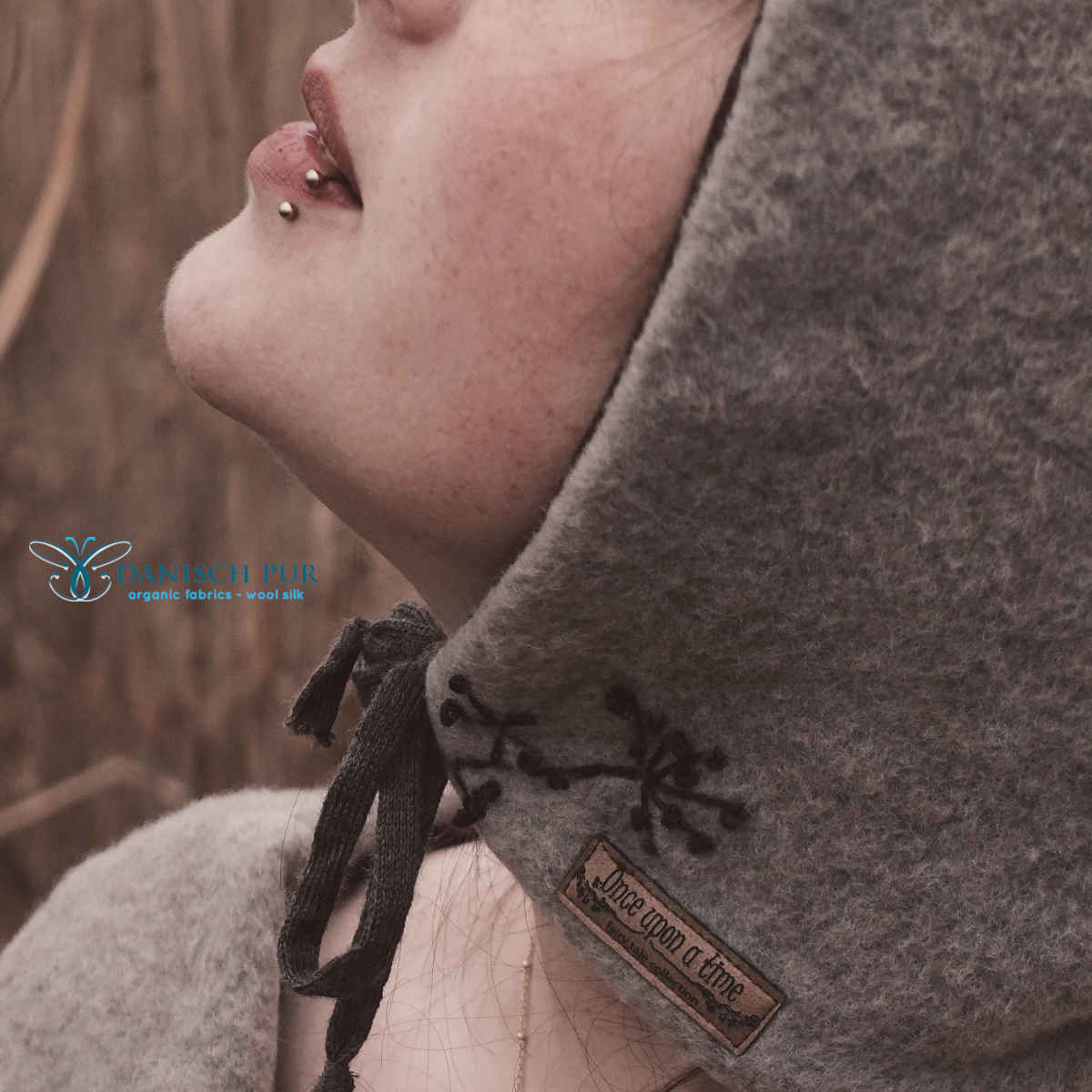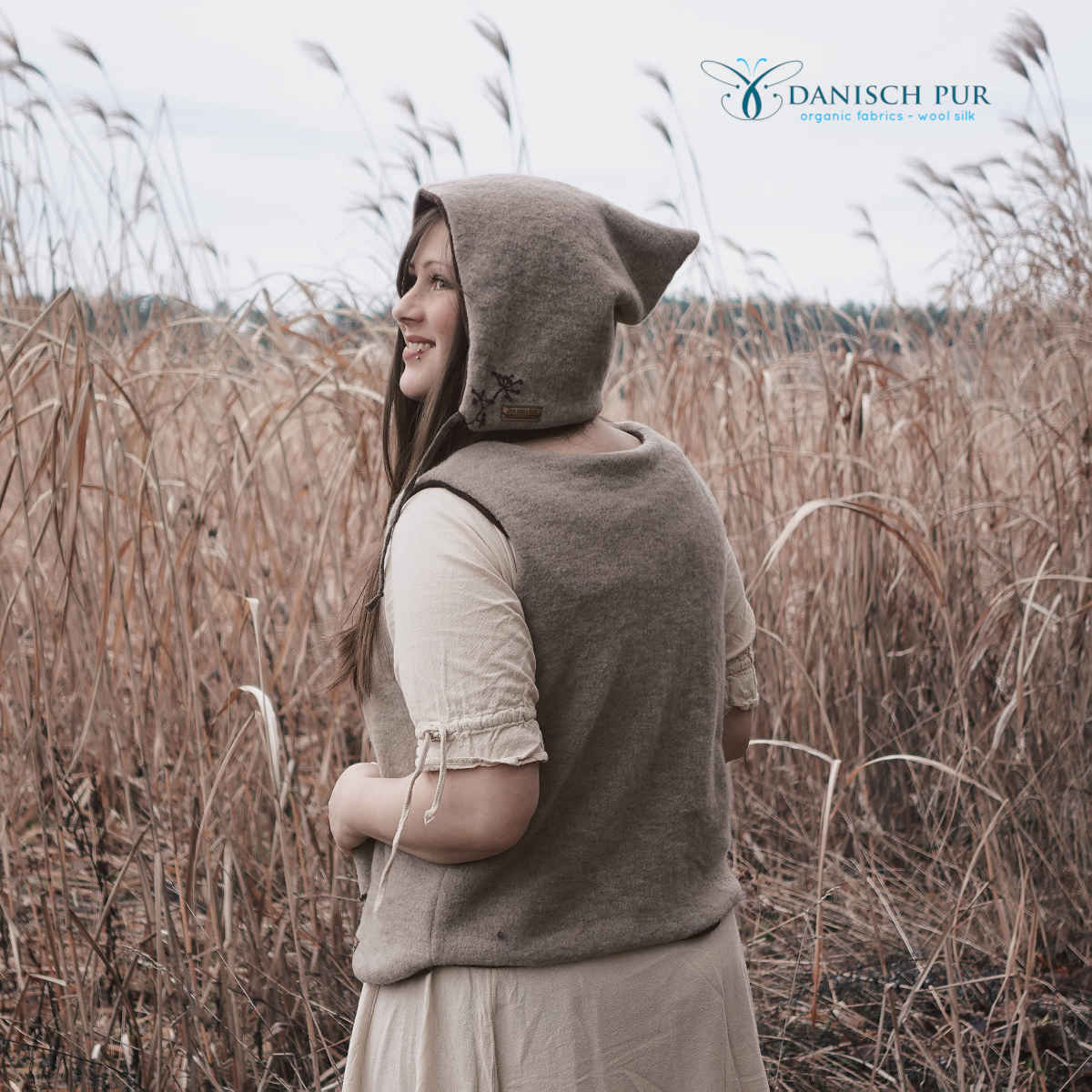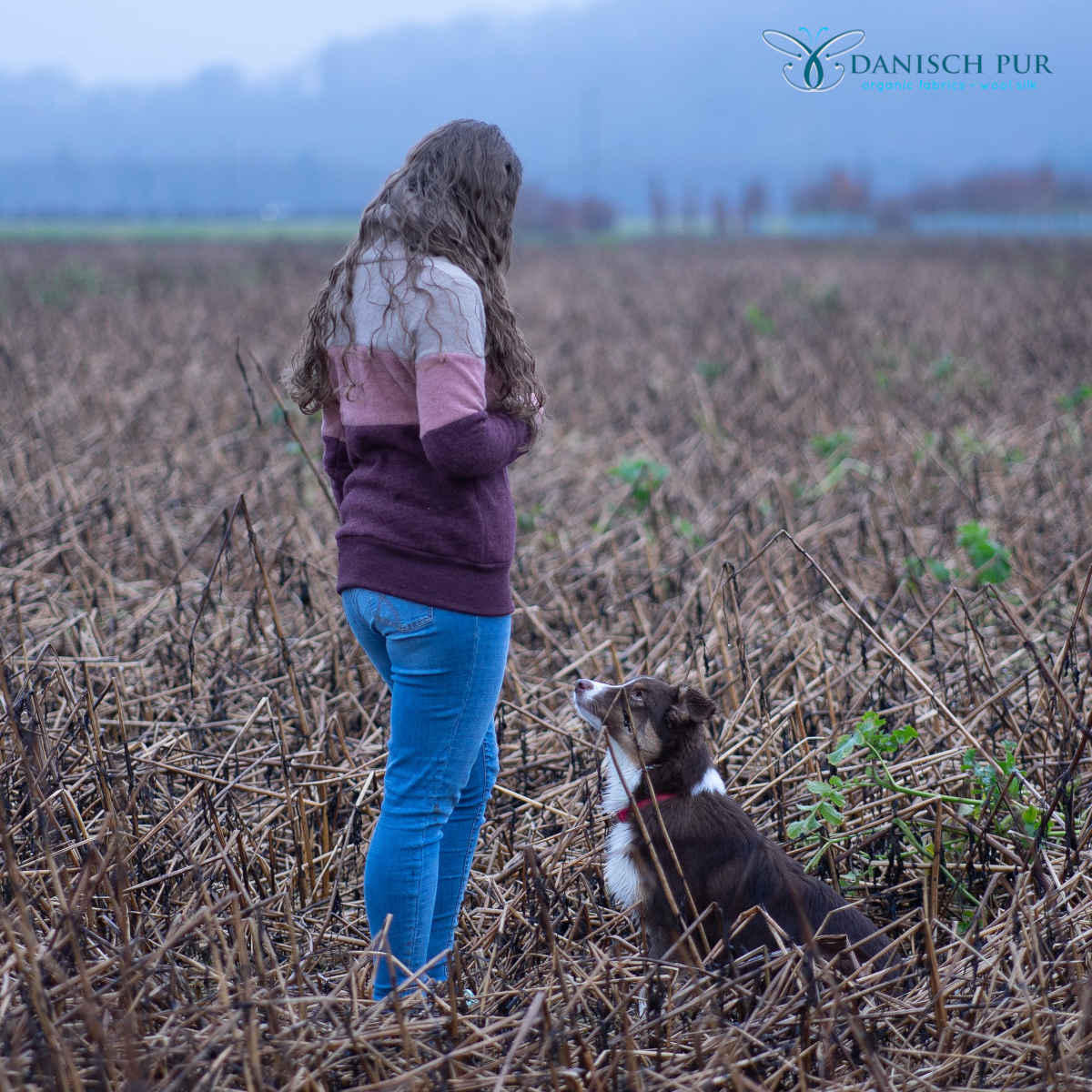Danisch Pur
Artikelnummer: SHWF5139
Bio Wollfleece Taupe meliert(100% Schurwolle, Merino, kbt, mulesingfrei)
Bio Wollfleece Taupe meliert(100% Schurwolle, Merino, kbt, mulesingfrei)
Width: 160cm (+-5%)
Weight: 300g/m^2(+-5%)
Info: Bei einer Abnahme bis zu 5 Metern (Anzahl: 50) werden die bestellten Stoffe selbstverständlich am Stück geliefert.
Couldn't load pickup availability
Wollfleece
Kuschelig weicher und extrembreiter Wollfleece (100% Wolle, Merino kbt, mulesingfree)
Anwendungsmöglichkeiten Jacken, Mützen, Pullover, Mäntel, Überhosen, (Baby-) Overalls, Windeleinlagen, Schals, Decken, Schlafsäcke uvm
Kombinationen und Bündchen
Taupe meliert an sich ist eine Farbe, die zu jeder anderen Farbe passt. Kombiniert werden kann also nach Lust und Laune - Taupe melierter Fleece als Futter bei einem Kuschelwalkmantel - Taupe Fleece als Fleecejacke und als Farbtupfer Wolle/Seide oder Wolljersey in der Kapuze uvm.
Wir haben kein farblich exakt passendes Wollbündchen. Aber einen perfekt passenden Wolljersey in Taupe, der sich auch großartig als Bündchen eignet.
Falls der Fleece eingefasst werden soll, ist dies sowohl mit Wolle/Seide als auch mit Wolljersey möglich. Oder auch mit Wolltresse.
Designbeispiele
Gerne zeigen wir in den Fotos auch einige Designbeispiele, die uns von begeisterten Kund*innen zur Verfügung gestellt wurden. Herzlichen Dank noch einmal dafür!
Ihr seht ein märchenhaftes Beispiel von Asisa. Der Schnitt der Pixie Mütze kommt von Twig and Tale. Die Weste ist ein selbst größer gradiertes Kinder-Schnittmuster von Rosarosa. Gefüttert wurde beides mit Noce Cino.
Der Colourblocking Pullover wurde von Nähzwergli genäht und kommt nach dem Schnittmuster Bonnie von Melians kreatives Stoffchaos in einer Nummer breiter daher. Kombiniert wurde der Fleece in Rosenholz und Schokokirsch.
materials and information
materials and information
Cuddly soft wool fleece 100% wool
wool fleece
wool fleece
Cuddly soft and extremely wide wool fleece (100% wool, Merino kbt, mulesingfree)
Possible applications Jackets, hats, sweaters, coats, overpants, (baby) overalls, diaper liners, scarves, blankets, sleeping bags
Buy it and use it right away - most pieces of wool fleece end up unsewn as a sofa blanket on the couch and are constantly cuddled up there.
Also great as a duvet - in winter as an extra warm blanket under the regular blanket, in summer as the only blanket.
origin
origin
The raw wool for this fleece comes from sheep from controlled organic animal husbandry - kbT - in Argentina. The fleece is produced in Germany.
Characteristics
Characteristics
temperature-balancing (excess heat is given off to the environment), wool can absorb up to 40% of its own weight in moisture without feeling damp, and still warms up does not accumulate electrostatically hardly collects dirt and odorsmany small air chambers form a natural buffer against cold and heat, the skin can breathe freely only has to be washed if it is very dirty, otherwise airing or tapping is sufficient
Right & left side with wool fleece
Right & left side with wool fleece
With fleece, the right and left sides look very similar at first glance. However, it is advisable to pay attention to which side is on the outside when sewing, as one of the sides wears out more quickly and loses the fleece.
Basically: Fleece is made from a kind of terry cloth, where the loops are then cut open and everything is brushed open again. This gives it its soft and voluminous structure.
As you know it from our wool terry cloth , one side has loops and the other doesn't.
The side with the loops (which would actually be the wrong side in terms of the knit structure) is more heavily fleeced and retains the fleece character for longer. The other side can lose the "wussling" faster or even have bare spots in between from the start. This side should then be sewn inwards.
How do you recognize that now? There are several possibilities for this:
Pay attention to the selvage before cutting. Here you can see the still unfleeted loops on one side and a smooth surface on the other side. The sides with the loops should therefore face outwards. It is best to mark each pattern piece with a needle on the sturdier side so that you still know what needs to go out after you have cut it.
Look at the cut fleece at the raw edge. One side is then usually clearly visible much thicker
Stretch the fleece in width. It then unrolls onto the less robust side. This is also a good mnemonic - imagine you're sewing a skirt out of fleece. Then, of course, you don't want the fleece to roll up and out when you wear it and then end up with a daisy duck skirt at the back, but rather that it rolls up a bit inwards.
Now you may be asking the question - do I have to pay attention to it. No of course not. But - if afterwards a piece of clothing sometimes has a robust and sometimes an unrobust side on the outside, then this is noticeable because, for example, the right sleeve wears out faster than the left. And that would be a shame!
care instructions
care instructions
Hand wash cold or machine wash on wool cycle without spinning in a pillowcase or laundry bag. Airing or tapping is usually sufficient. Pre-washing is recommended before sewing, as the fleece shrinks a good 10% (depending on the washing method). Dry flat afterwards, if possible on a towel.
It is optimal if the woolen clothing is simply aired out in damp weather (e.g. in the bathroom when showering). The water vapor that meets the fabric then automatically transports away smaller dirt particles and bad odours.
If the clothes are heavily soiled, they can be washed by hand or on the wool cycle of the washing machine at 30 degrees with wool detergent. In winter we recommend washing on a cold wool cycle, otherwise the difference between 30 degrees and cold rinsing water may be too great.
As wool fibers are more delicate when wet than when dry, it is recommended that wool clothing be dried lying flat on a towel.
For further care and sewing instructions, we also refer to our FAQs.
Questions are also gladly answered in our wool/silk fan group on Facebook, where many sewing examples can also be admired: click
Of course you can also contact us directly if you have any further questions.
sewing instructions
sewing instructions
Wool fleece can be sewn on the overlock as well as on the conventional sewing machine. It is important to use a stretchable stitch (e.g. zigzag stitch, pseudo-overlock stitch, etc.) and super stretch needles. The needles are specially made for very stretchy fabrics and ensure that the threads are not severed when sewing, but pushed to the side. This way there are no holes in the sewing machine in the long run. It may be helpful to lower the presser foot pressure on the sewing machine, or if this is not possible, use a walking foot. This prevents “wavy formation” when sewing.
Practical tests have shown that when using an overlock for sewing wool fleece, it can make sense to increase the differential feed to prevent ripples here. However, the exact settings that lead to the best sewing result differ depending on the machine - we therefore recommend a test seam on a leftover piece of cuttings.
Questions are also gladly answered in our wool/silk fan group on Facebook, where many sewing examples can also be admired: click
Of course you can also contact us directly if you have any further questions.
Left
Left
In our FAQs and our wool brochure you will find more information about our wool products in general and tips on care and sewing in particular. For exciting discussions with other seamstresses and to show the finished products, we would like to invite you to our Wool Silk fan group on Facebook.
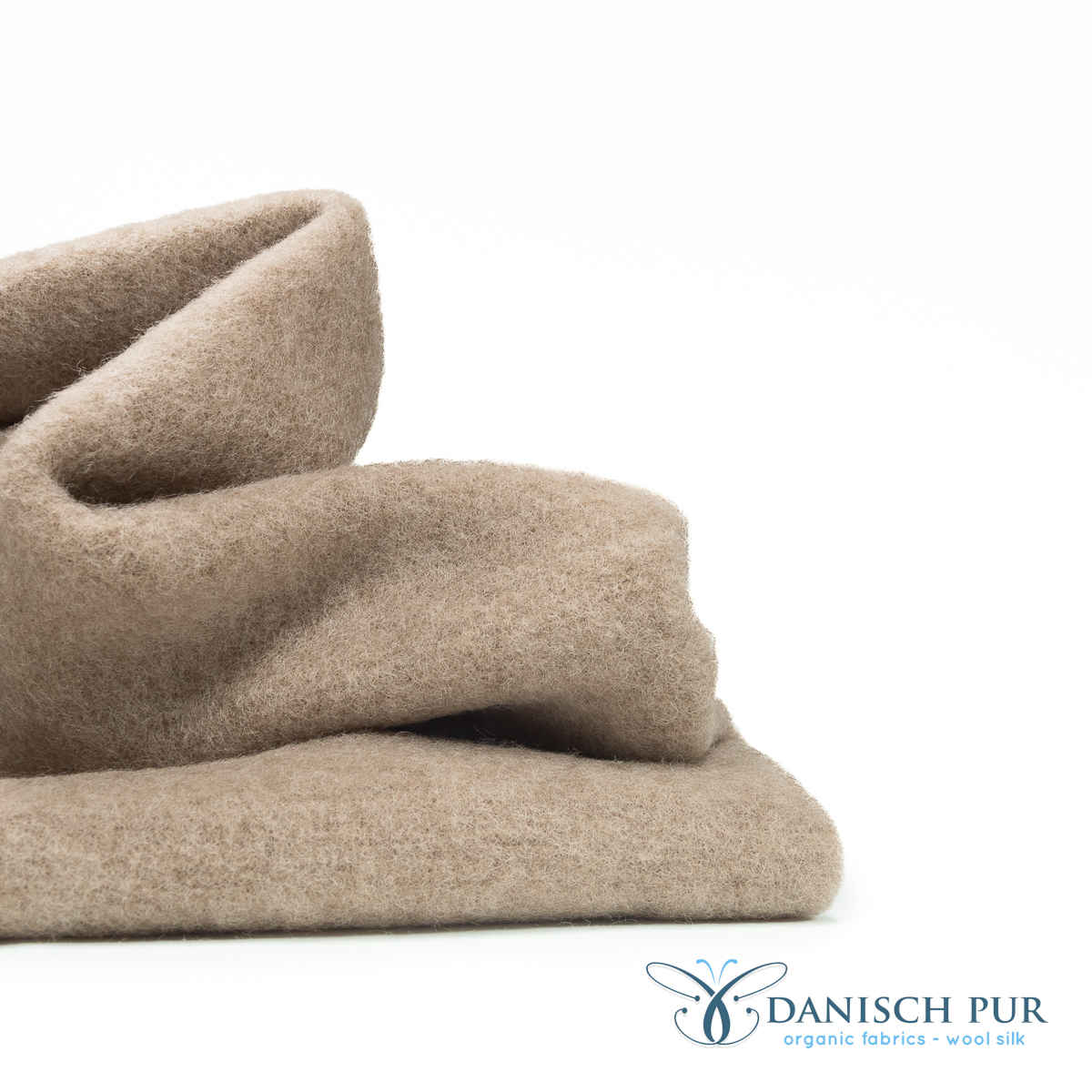


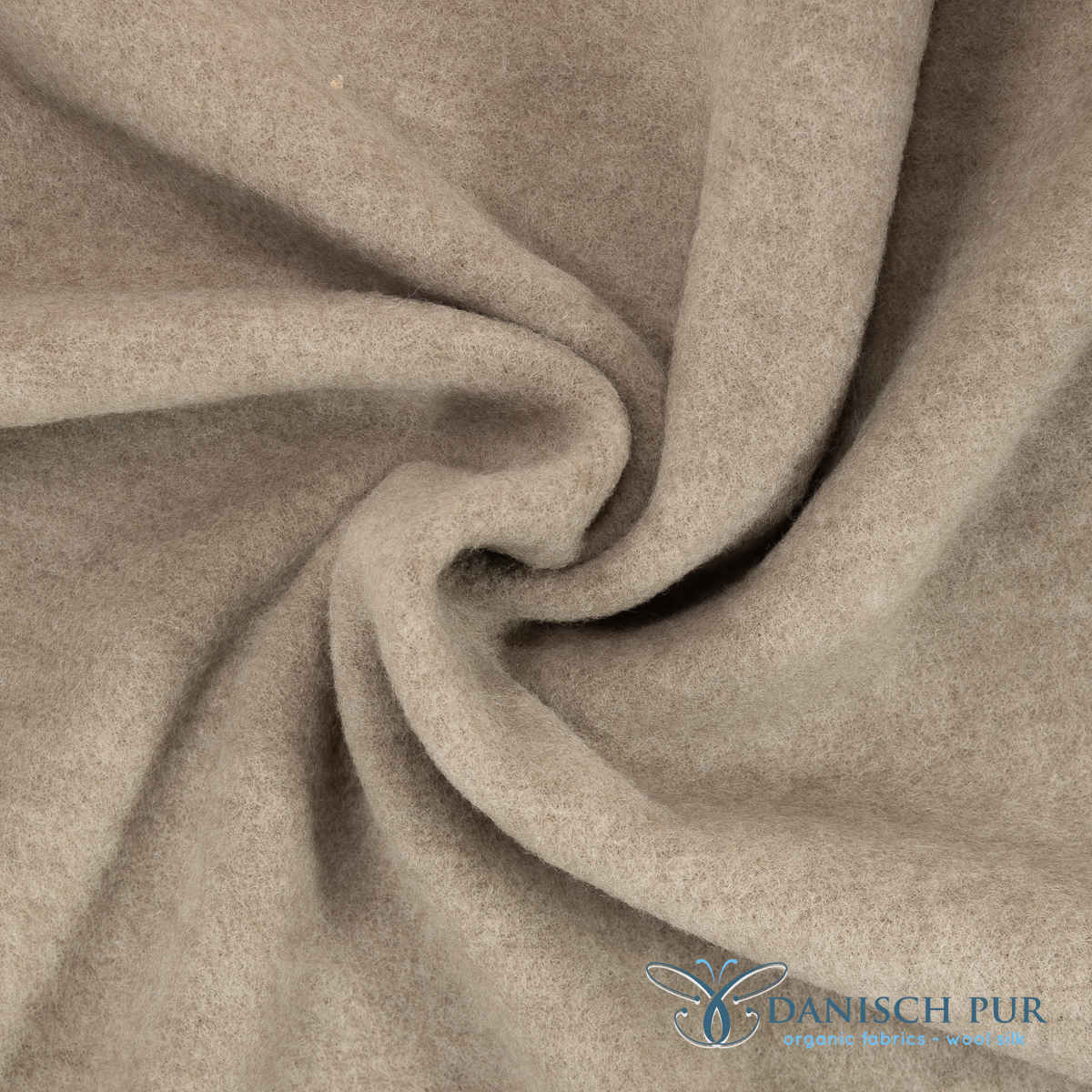






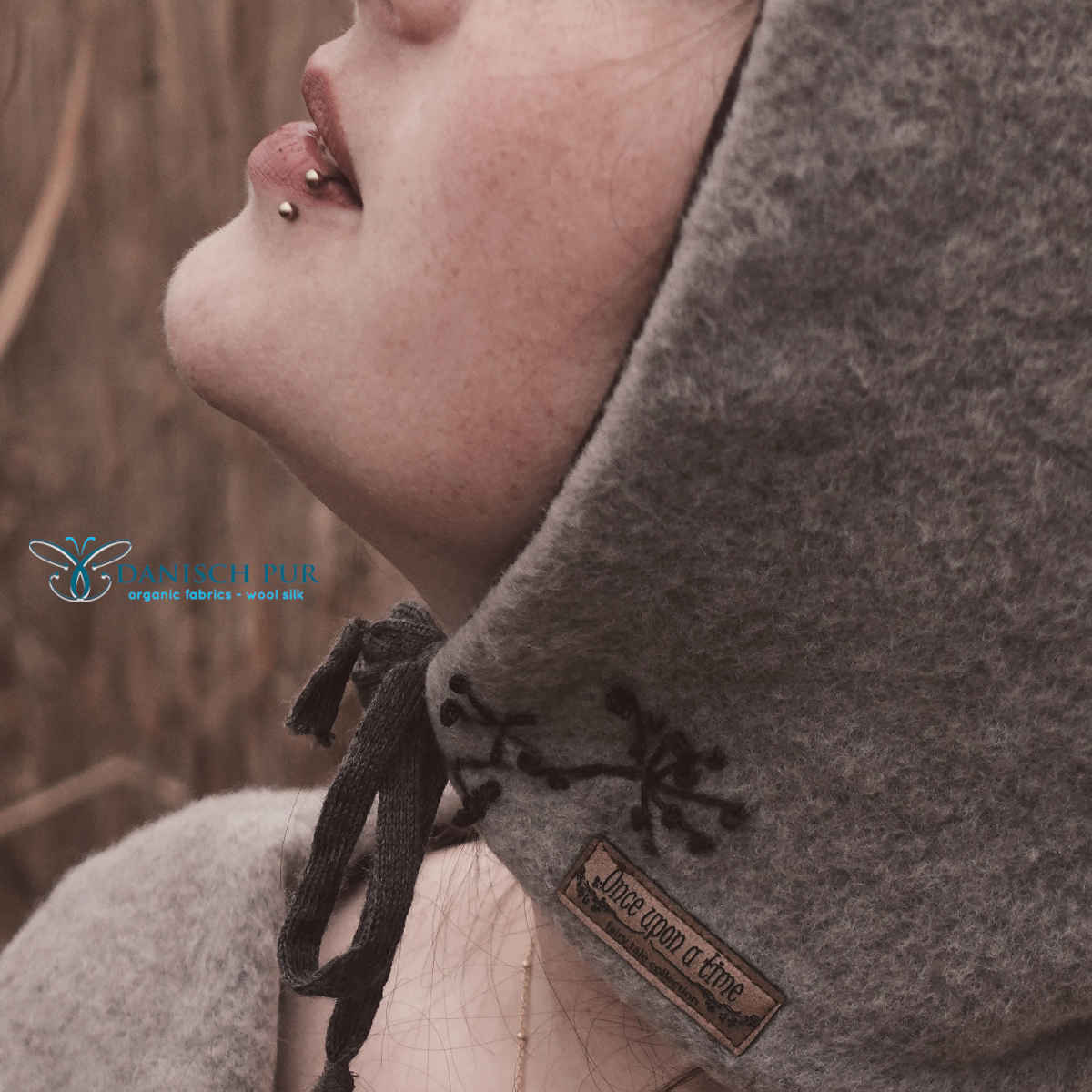
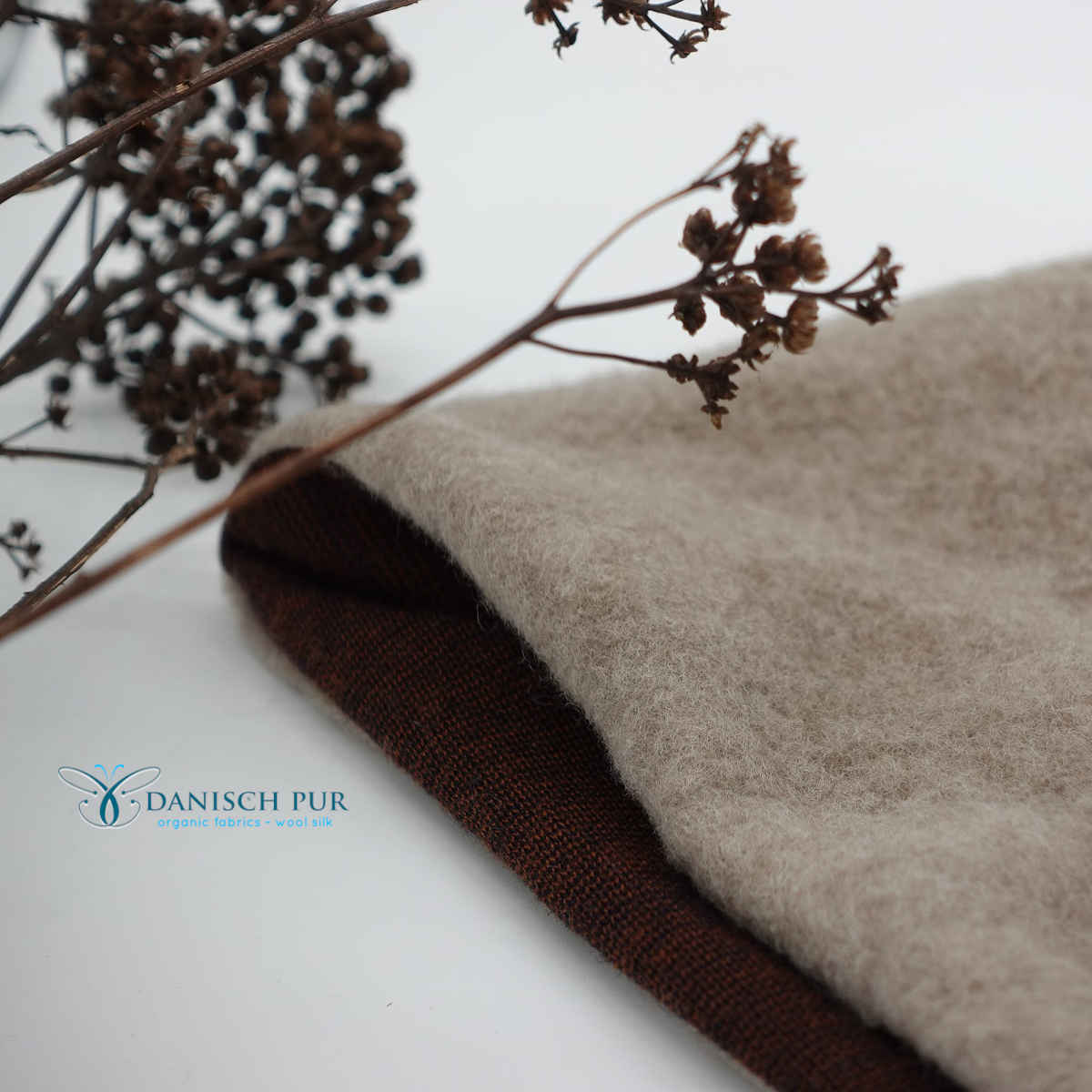

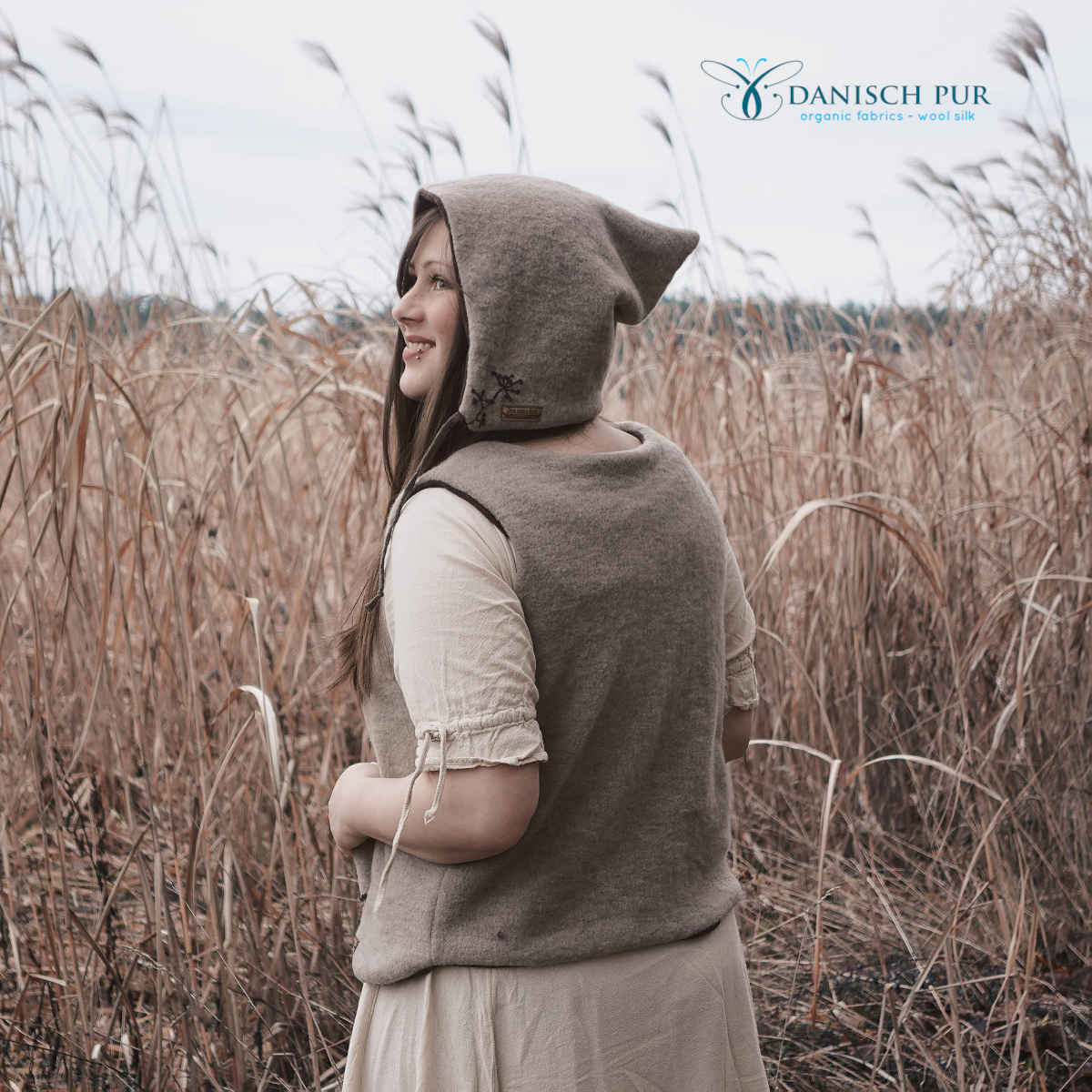
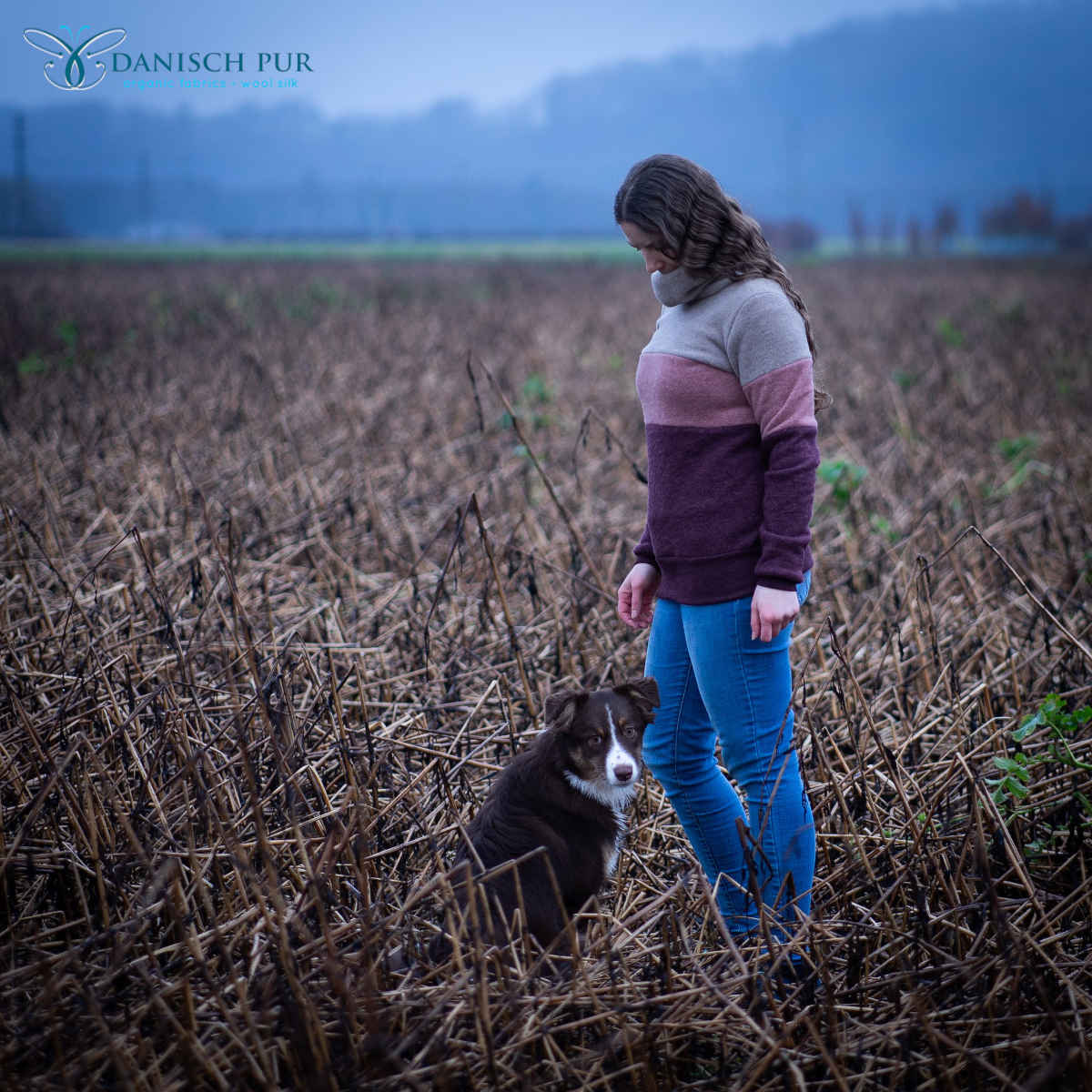



Walk vs Fleece
What is warmer - boiled wool or wool fleece?
It all depends on what you want to sew. Walk is less permeable to water and wind than fleece and therefore warms you up better outdoors. You can also sew in a cozy fleece lining - the perfect combination, we think!
Fleece is perfect for sweaters and cardigans that you tend to wear indoors.
Did you know that...
-
Sew raw
To the wool wefts... you don't have to finish the edges of a boiled wool? For a nice finish, you can sew a piece of wool around the edges, for example.
-
bonus points
To the bonus point packages... you collect bonus points in your customer account with every purchase?
When you have collected enough bonus points, you can exchange them for our colorful bonus point packages. What is in such a bonus point package? Let yourself be surprised.
Depending on the number of points you can get different packages.

